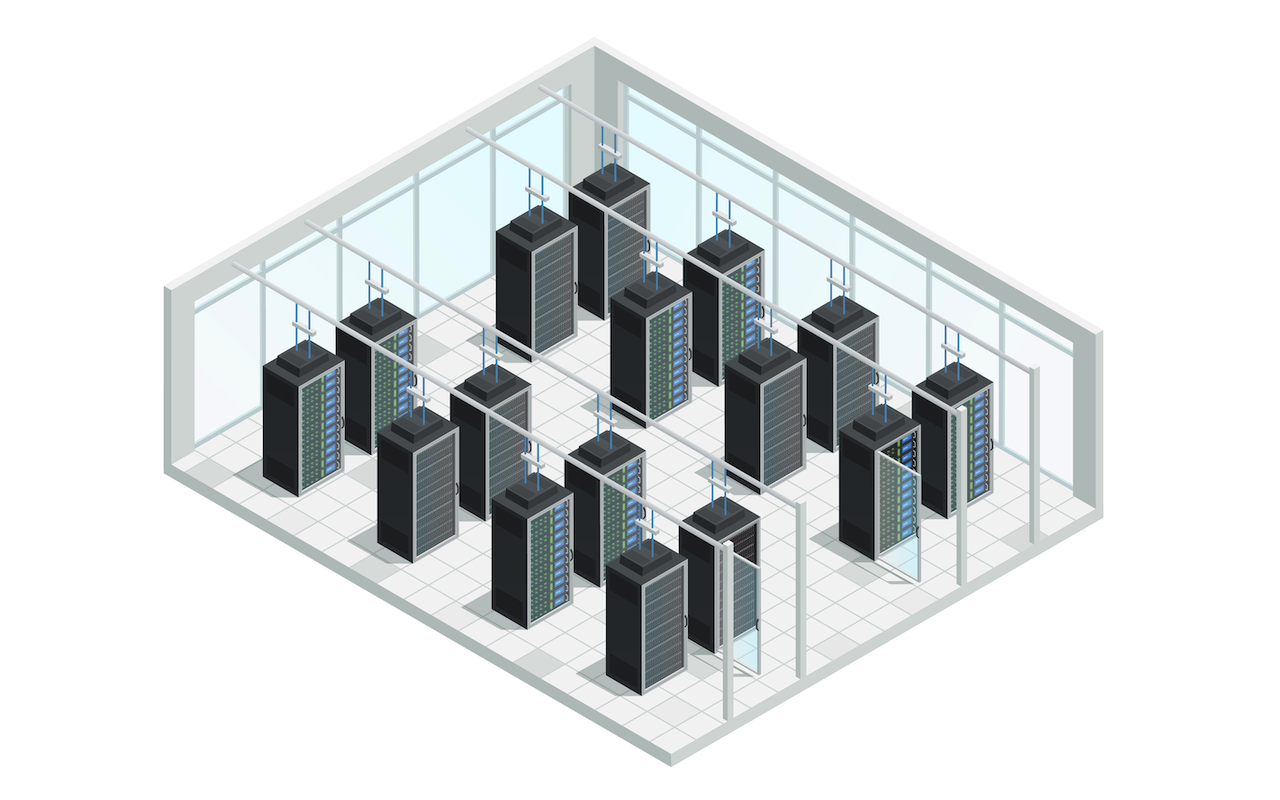
The Information Technology (IT) industry continues to transform at an unprecedented pace. New technologies emerge almost monthly, reshaping how organizations operate and redefining the skills IT professionals need to stay relevant. For businesses, this means adapting to constant technological change. For IT professionals, it presents expanding opportunities—alongside the need to evolve quickly. This guide explores the state of the IT workforce in 2026, highlighting trends shaping the industry and offering insights for organizations planning future talent strategies and professionals building long-term careers.









